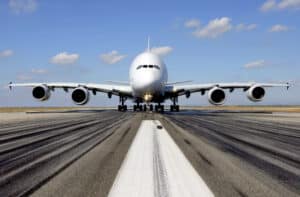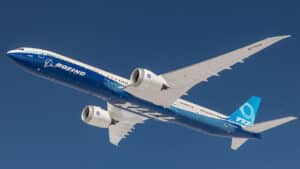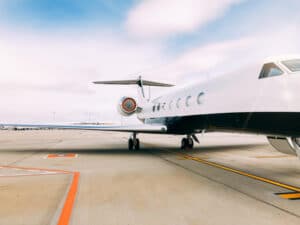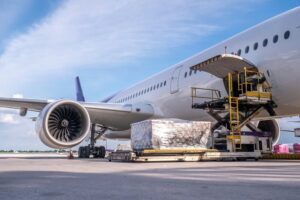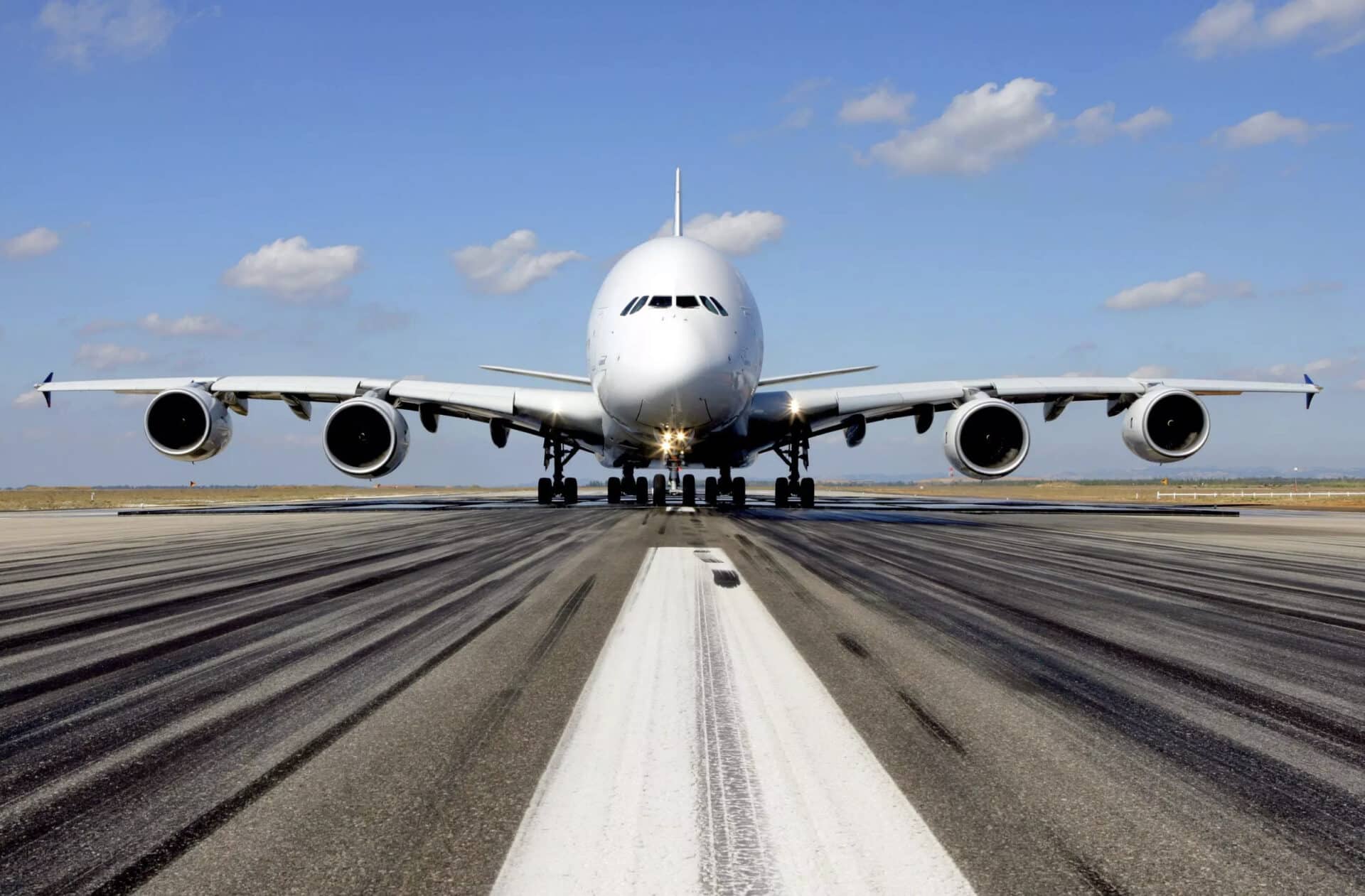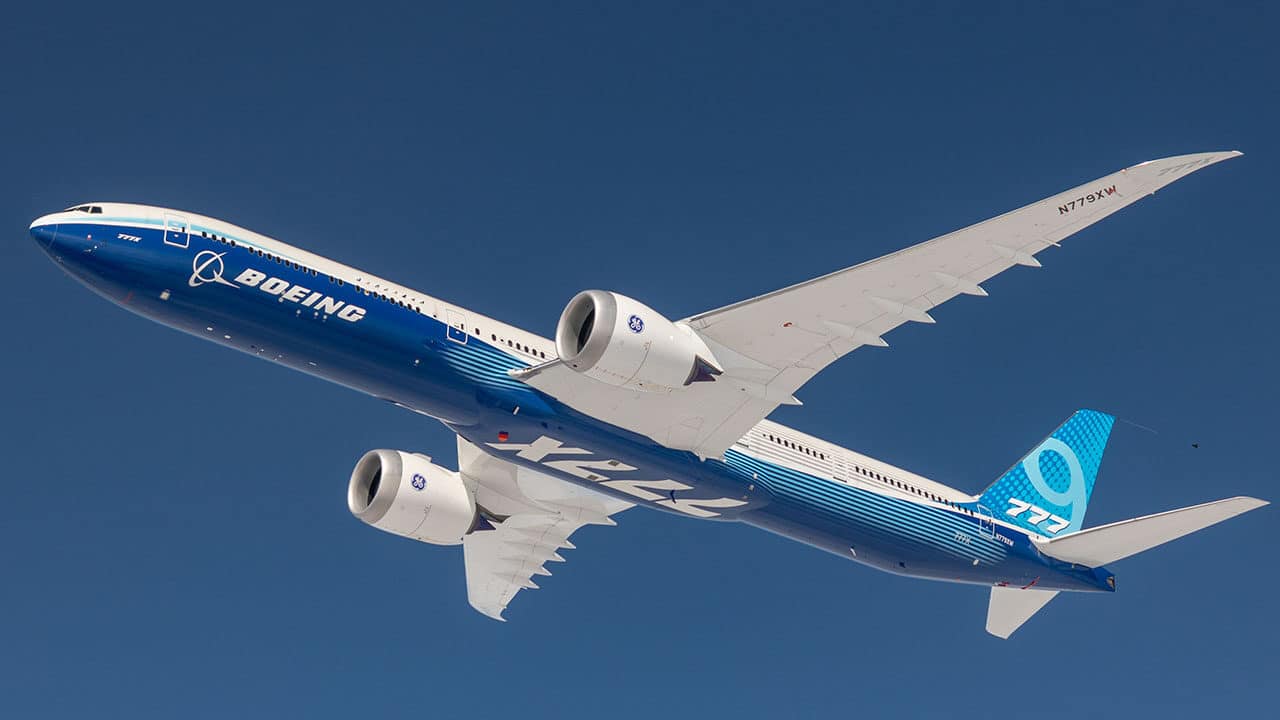Published by The Flying Engineer – Your Premier Aviation Industry Network
Introduction
The Pratt & Whitney PW1100G Geared Turbofan engine represents one of commercial aviation’s most significant technological leaps in decades, introducing revolutionary design principles that challenge conventional turbofan architecture. With its unprecedented 12:1 bypass ratio and innovative planetary gear reduction system, the PW1100G promises fuel efficiency improvements that could reshape airline economics and environmental impact.
When the PW1100G completed its first flight in June 2013, it validated over 15 years of development work that began with the PW8000 program in 1998. This engine family powers the Airbus A320neo aircraft series, competing directly with CFM International’s LEAP-1A engine in one of commercial aviation’s most important propulsion competitions.
Understanding the PW1100G’s technical innovations, operational characteristics, and competitive positioning provides crucial insights into modern aircraft engine development and the engineering trade-offs that influence airline fleet decisions worth billions of dollars.
Geared Turbofan Technology Fundamentals
The Physics of Propulsive Efficiency
Aircraft engine efficiency depends on two fundamental parameters: thermal efficiency and propulsive efficiency. Thermal efficiency measures how effectively the engine converts fuel energy into mechanical work, while propulsive efficiency determines how effectively that mechanical work generates thrust.
According to NASA’s propulsion research, propulsive efficiency increases as exhaust velocity approaches aircraft speed. For subsonic commercial aircraft cruising at approximately 500 mph, optimal propulsive efficiency requires lower exhaust velocities achieved by accelerating larger air masses to moderate speeds rather than smaller masses to high speeds.
Propulsive Efficiency Principles:
- Momentum Theory: Thrust equals mass flow rate × velocity change
- Optimal Efficiency: Exhaust velocity approaches aircraft speed
- Large Fan Benefits: High mass flow rate with lower exhaust velocities
- Energy Considerations: Lower kinetic energy losses in exhaust stream
- Trade-off Challenge: Larger fans create more drag and weight
Bypass Ratio Evolution and Limitations
Traditional turbofan engines achieve bypass ratios between 4:1 and 6:1, limited by the mechanical constraint that fan and low-pressure compressor operate on the same shaft. Higher bypass ratios require larger fans, but larger fans spinning at compressor-optimal speeds create excessive tip speeds approaching or exceeding sonic velocities.
The PW1100G’s 81-inch fan diameter would generate tip speeds exceeding Mach 1.7 if operated at conventional turbofan speeds, creating shock waves, noise, and efficiency losses. The geared turbofan solution decouples fan and compressor speeds, enabling each component to operate at optimal rotational velocities.
PW1100G Architecture and Design Innovation
Planetary Gear Reduction System
The PW1100G incorporates a sophisticated planetary gear system with a 3:1 reduction ratio, allowing the low-pressure compressor to operate at approximately 10,000 RPM while the fan rotates at 3,500 RPM. This decoupling enables optimal performance for both components without mechanical compromises.
Gear System Components:
- Sun Gear: Driven by low-pressure shaft
- Planetary Gears: Five units meshing between sun and ring gears
- Ring Gear: Fixed relative to engine nacelle
- Carrier Cage: Drives fan at reduced speed
- Reduction Ratio: 3:1 for optimal component speeds
The planetary configuration distributes loads across multiple gear teeth, improving reliability while maintaining compact packaging within the engine nacelle.
Stage Count Optimization
The PW1100G’s stage configuration (1-G-3-8-2-3) demonstrates how gear technology enables component optimization. The “G” represents the gear system linking one fan stage with three low-pressure compressor stages, followed by eight high-pressure compressor stages, two high-pressure turbines, and three low-pressure turbines.
This configuration reduces overall stage count compared to conventional engines while maintaining compression ratios. The IAE V2500 engine requires four low-pressure and ten high-pressure compressor stages, totaling 14 compression stages versus the PW1100G’s 11 stages.
Stage Count Benefits:
- Reduced Weight: Fewer components and shorter engine length
- Lower Complexity: Simplified assembly and maintenance
- Improved Reliability: Fewer rotating components reduce failure modes
- Cost Reduction: Manufacturing and maintenance economies
- Enhanced Efficiency: Optimized component speeds improve performance
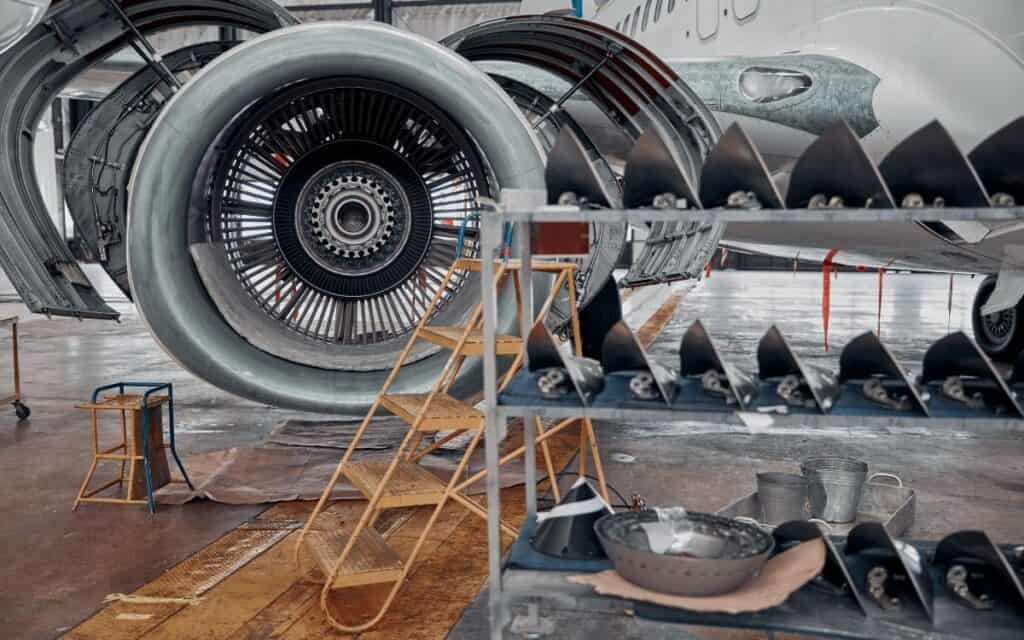
Technical Performance Analysis
Bypass Ratio Achievement
The PW1100G achieves an unprecedented 12:1 bypass ratio, meaning 12 pounds of air pass around the engine core for every pound entering the combustor. This represents a significant increase from the 5.1:1 bypass ratio of current A320 engines, directly improving propulsive efficiency.
Higher bypass ratios reduce fuel consumption by moving larger air masses at lower velocities, approaching the theoretical optimum for subsonic commercial aircraft. The PW1100G’s design pushes bypass ratio limits while maintaining acceptable engine dimensions for narrow-body aircraft installations.
Fan Design and Tip Speed Management
The 81-inch diameter fan operates at approximately 3,500 RPM maximum, generating tip speeds around 370 m/s—just 8% above sonic velocity at sea level conditions. This careful tip speed management avoids shock wave formation while maximizing fan diameter benefits.
Conventional turbofan fans of similar diameter would generate tip speeds approaching 600 m/s at normal operating speeds, creating significant efficiency penalties and noise issues. The gear reduction system enables the PW1100G to capture large fan benefits without supersonic tip speed penalties.
Competitive Analysis: PW1100G vs LEAP-1A
Design Philosophy Differences
While Pratt & Whitney pursued propulsive efficiency through gear technology and large bypass ratios, CFM International focused on combined thermal and propulsive efficiency improvements through conventional twin-spool architecture. The LEAP-1A achieves efficiency gains through advanced materials, higher operating temperatures, and moderate fan size increases.
PW1100G Approach:
- Primary Focus: Propulsive efficiency through gear technology
- Fan Diameter: 81 inches for maximum bypass ratio
- Technology Risk: New gear system at commercial scale
- Efficiency Path: Large fan with optimal component speeds
LEAP-1A Approach:
- Balanced Focus: Thermal and propulsive efficiency improvements
- Fan Diameter: 78 inches for moderate bypass ratio increase
- Technology Risk: Evolutionary development with proven architecture
- Efficiency Path: Advanced materials and higher temperatures
Performance Trade-offs and Operational Implications
The PW1100G’s larger fan diameter creates additional aerodynamic drag compared to the LEAP-1A’s more compact design. According to Boeing performance analysis, larger engines can impact aircraft performance during takeoff, climb, and single-engine operations.
PW1100G Performance Implications:
- Fuel Efficiency: Superior cruise fuel consumption
- Takeoff Performance: Potentially longer takeoff distances
- Climb Performance: Reduced climb gradients at high altitude
- Single-Engine Performance: Greater yaw moments during engine failures
- Noise Characteristics: Quieter operation due to slower fan speeds
The gear system’s mechanical advantage creates faster engine response times through reduced equivalent moment of inertia, potentially improving safety margins during critical phases despite some performance penalties.
Engineering Challenges and Solutions
Gear System Reliability and Certification
Implementing planetary gear systems in large commercial turbofan engines presented unprecedented certification challenges. FAA certification requirements demand extensive testing demonstrating reliability equivalent to conventional engines across all operating conditions.
The PW1000G family underwent comprehensive testing including:
- Endurance Testing: Extended operation at maximum ratings
- Environmental Testing: Performance across temperature and altitude ranges
- Failure Mode Analysis: Single-point failure impact assessment
- Maintenance Validation: Inspection intervals and procedures
- Operational Experience: Flight testing and early service experience
Manufacturing Precision and Quality Control
Planetary gear systems require manufacturing precision exceeding conventional turbofan tolerances. Gear tooth profiles, surface finishes, and material properties must meet stringent specifications to ensure reliability and performance across millions of operating cycles.
Pratt & Whitney’s manufacturing approach incorporates advanced materials, precision machining, and comprehensive quality control systems ensuring gear system durability throughout operational lifecycles.
Market Impact and Industry Response
Airline Adoption Patterns
The PW1100G’s introduction created significant competitive dynamics in the narrow-body engine market. Airlines evaluate engine options based on multiple criteria including fuel efficiency, reliability, maintenance costs, and operational flexibility.
Selection Factors:
- Fuel Consumption: Primary economic consideration
- Dispatch Reliability: Critical for airline operations
- Maintenance Costs: Long-term ownership economics
- Performance Characteristics: Route-specific requirements
- Risk Assessment: New technology versus proven designs
Major carriers including Lufthansa, JetBlue, and India’s IndiGo selected the PW1100G, while others chose the LEAP-1A based on specific operational requirements and risk tolerances.
Environmental Impact and Sustainability
The PW1100G’s fuel efficiency improvements directly contribute to aviation’s sustainability objectives. Reduced fuel consumption translates to proportional CO2 emission reductions, supporting industry commitments to environmental stewardship.
Environmental Benefits:
- Fuel Efficiency: 15-20% improvement over previous generation engines
- CO2 Reduction: Direct correlation with fuel consumption improvements
- Noise Reduction: 50% quieter than conventional engines
- NOx Emissions: Lower combustor temperatures reduce nitrogen oxides
- Operational Efficiency: Enhanced performance enables optimized flight profiles
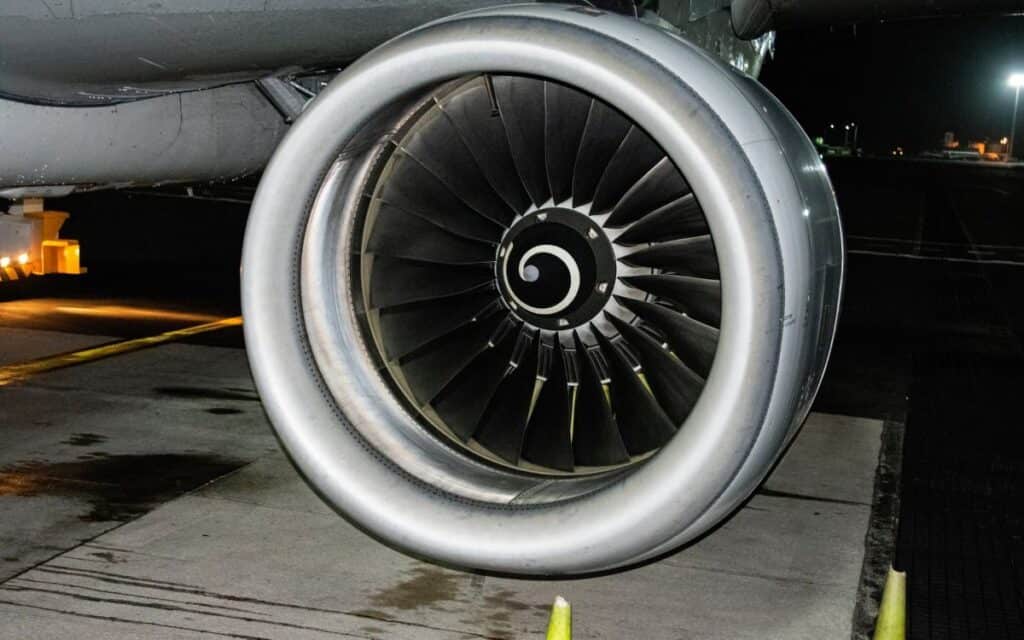
Operational Experience and Lessons Learned
Early Service Challenges
Like many revolutionary technologies, the PW1100G experienced early service issues including operational restrictions during initial deployment. These challenges highlighted the complexity of introducing new engine architectures while maintaining airline operational requirements.
Industry analysis of early service experience provided valuable lessons for both manufacturers and operators regarding new technology introduction, maintenance procedures, and operational optimization.
Performance Validation and Optimization
Operational experience validated theoretical performance predictions while revealing opportunities for optimization. Engine control software updates, maintenance procedure refinements, and operational technique improvements enhanced reliability and performance throughout the fleet.
The PW1100G’s proven performance helped establish geared turbofan technology as a viable alternative to conventional architectures, influencing future engine development programs across the industry.
Future Technology Evolution
Next-Generation Developments
The success of the PW1100G established geared turbofan technology as a foundation for future engine developments. Pratt & Whitney continues advancing gear technology, materials science, and system integration for next-generation applications.
Future Technology Areas:
- Advanced Gear Systems: Higher reduction ratios and improved efficiency
- Hybrid Propulsion: Integration with electric aircraft systems
- Adaptive Technology: Variable geometry for optimized performance
- Digital Integration: Advanced engine health monitoring and optimization
- Sustainable Fuels: Compatibility with alternative fuel sources
Industry-Wide Impact
The PW1100G’s success influenced competitive engine development across the industry. Other manufacturers are evaluating gear technology applications while pursuing alternative approaches to efficiency improvement.
This competitive dynamic drives continued innovation in aircraft propulsion, benefiting airlines and passengers through improved efficiency, reduced environmental impact, and enhanced operational capability.
Frequently Asked Questions
Q.1 How does the gear system affect engine reliability?
Answer: The planetary gear system adds mechanical complexity but enables optimized component speeds and reduced stage counts. Extensive testing and operational experience demonstrate reliability equivalent to conventional engines when properly maintained according to manufacturer procedures.
Q.2 Why is the PW1100G fan larger than competing engines?
Answer: The 81-inch fan diameter maximizes propulsive efficiency by moving larger air masses at optimal velocities. The gear system enables this large fan to operate at appropriate speeds without the supersonic tip speed penalties that would occur in conventional designs.
Q.3 What performance penalties result from the larger engine size?
Answer: The larger engine diameter creates additional drag that can affect takeoff distance, climb performance, and single-engine handling characteristics. However, fuel efficiency improvements and faster engine response times often offset these penalties in overall operational economics.
Q.4 How does maintenance differ from conventional engines?
Answer: The gear system requires specific maintenance procedures and inspection intervals, but overall maintenance requirements remain comparable to conventional engines. Pratt & Whitney provides comprehensive training and support for operators transitioning to geared turbofan technology.
Q.5 Will geared turbofans become the industry standard?
Answer: The PW1100G’s success demonstrates geared turbofan viability for commercial applications. While conventional designs remain competitive, gear technology offers significant advantages that may influence future engine development programs across the industry.
Conclusion
The Pratt & Whitney PW1100G Geared Turbofan engine represents a paradigm shift in commercial aviation propulsion, demonstrating how innovative engineering solutions can overcome traditional design limitations to achieve step-change performance improvements. Its revolutionary gear system enables unprecedented bypass ratios while maintaining practical engine dimensions for narrow-body aircraft applications.
The engine’s development and operational success validate the potential for disruptive technologies to transform aviation efficiency and environmental performance. While introducing new complexities and trade-offs, the PW1100G’s proven benefits establish geared turbofan technology as a viable path toward more sustainable aviation operations.
As the industry continues pursuing efficiency improvements and environmental responsibility, the lessons learned from PW1100G development and operation provide valuable insights for future propulsion system evolution. The balance between innovation and operational reliability remains crucial for successful technology introduction in commercial aviation’s demanding environment.
The PW1100G’s impact extends beyond its immediate applications, influencing competitive dynamics, technological development priorities, and industry approaches to efficiency improvement. Its success demonstrates how sustained engineering investment and innovative thinking can deliver transformational improvements in aviation technology.
For comprehensive coverage of aircraft engine technologies, propulsion developments, and aviation efficiency innovations, explore our extensive resources at The Flying Engineer—your premier aviation industry network providing authoritative analysis of engine development trends and sustainable aviation technologies.
Authors
-
Radu Balas: Author
Pioneering the intersection of technology and aviation, Radu transforms complex industry insights into actionable intelligence. With a decade of aerospace experience, he's not just observing the industry—he's actively shaping its future narrative through The Flying Engineer.
View all posts Founder
-
Cristina Danilet: Reviewer
A meticulous selector of top-tier aviation services, Cristina acts as the critical filter between exceptional companies and industry professionals. Her keen eye ensures that only the most innovative and reliable services find a home on The Flying Engineer platform.
View all posts Marketing Manager
-
Marius Stefan: Editor
The creative force behind The Flying Engineer's digital landscape, meticulously crafting the website's structure, navigation, and user experience. He ensures that every click, scroll, and interaction tells a compelling story about aviation, making complex information intuitive and engaging.
View all posts Digital Design Strategist





